Two recent aircraft incidents confirm the need to overhaul a system which seems to have reached its limit and put at stake the safety of passengers.
JAKARTA- With booming air transport in Indonesia – growth rate average 20% per annum-, not only airports are feeling the heat but also the skies above the country. In just a decade, traffic was multiplied by five, jumping from 12 million around 2000 to over 55 million last year. Every day, some 2,000 flights criss-cross Indonesian skies…
However, the only place not to be that crowded might be control towers across the archipelago due to its limited human resources. Recurrent aircraft crashes – the two latest occurred in May and June- continues to undermine international confidence into the ability of the country to reign on its air safety. Although an airline such as Garuda has been removed from Europe blacklist, the Federal Aviation Administration continues to rank poorly the safety of the Indonesian Civil Aviation.
A report issued in May by Indonesian news magazine Tempo provides a bleak image of the stand of Indonesian civil aviation those days. Even if Indonesia Civil Aviation (DGCA) does not –of course- agree with the magazine’s conclusions. In recent years, the department of civil aviation added flight schools and hired new civil aviation inspectors. But this might not be enough.
The May 21-27 issue of the magazine made its cover with the sensational title “Control Chaos” over air traffic management in the country. The report was done following the crash in May of a Sukhoi Superjet 100 during a demonstration flight. It seems that the pilot asking for instruction did not get any answer from the control tower. The aircraft crashed 30 minutes on a mountain in West Java, after taking-off from Jakarta Halim Airport. None of the 45 passengers on board survived the crash.
According to the magazine, it took almost 20 minutes for the air traffic controller to realize that the aircraft disappeared from the radar screen at Soekarno Hatta Air control centre. The controller was in fact watching simultaneously 12 aircraft. Talking to controllers, Tempo journalist learned that the current air traffic control system is already 15 years old and needs a major overhaul. To be blamed is the lack of staff, the lack of coordination between the three main air traffic control providers . Generally, Air traffic controllers have to look between 15 to 20 aircraft at once when the ideal number of aircraft should be between 6 and 10.
The magazine reported from a snap inspection conducted by Sate-Owned Enterprises Minister Dahlan to Soekarno Hatta Angkasa Pura II control tower in February. The Minister discovered that some controllers were having a puff in a sterile room while some others were using their mobile phone- a strictly banned object as they can interfere with instruments!
Talking to US magazine ‘Businessweek’, Standard & Poors’ aviation analyst Shukor Yusof admits that “Indonesian infrastructure hasn’t kept pace with the growth of the airlines”. Vast amount of money will need to be rapidly spent to update technologies while new runways and airports need to be built. Currently, only one new airport is in construction in Medan but is behind schedule by at least four years. Jakarta Soekarno Hatta just launched a month ago its official expansion while works is going on to upgrade Bali airport with a new international terminal (due for completion in 2013). Other airports’ expansion are planned in Semarang (Central Java), Yogyakarta and Surabaya (East Java).
Meanwhile, Indonesia’s National Transportation Safety Committee (NTSC) has issued some immediate recommendations to how demonstration flights should be conducted while investigations into the crash of the Sukhoi Superjet 100 continue. The NTSC is recommending that Indonesia’s directorate general of civil aviation (DGCA) ensure that all aircraft on demonstration flights operate within a “published minimum safe flight altitude”. Any aircraft on demonstration should hand over a copy of the crew and passenger manifest to the DGCA, before each flight. It seems that the Russian aircraft pilot did not transfer a copy of the passenger manifest and aircraft documents, which were kept and carried on board by staff.
There is also an attempt to reform Air Traffic Control to turn it more efficient. A Law passed in 2009 foresees to create an independent body for the Air Traffic Control management system, which is for now under the authority of State-owned airports companies Angkasa Pura I and II. Some 200 airports nationwide are controlled by special divisions of the State-owned operators Angkasa Pura I (AP I), Angkasa Pura II (AP II), as well as from the Transportation Ministry through its technical operation units (UPT). Those three special divisions are to be merged into a new company. However, such a move has faced resilience from the airport operators which believe that they could lose up to 30% of their revenues…
Luc Citrinot a French national is a freelance journalist and consultant in tourism and air transport with over 20 years experience. Based in Paris and Bangkok, he works for various travel and air transport trade publications in Europe and Asia.
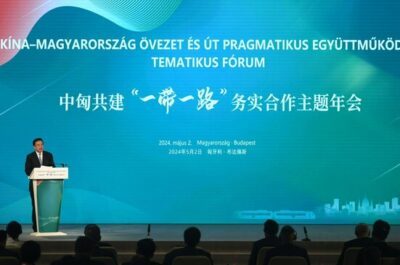
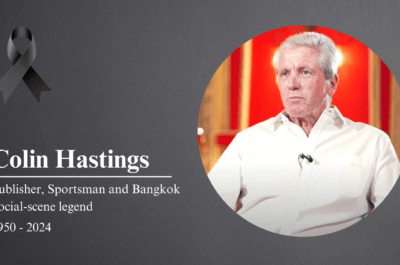
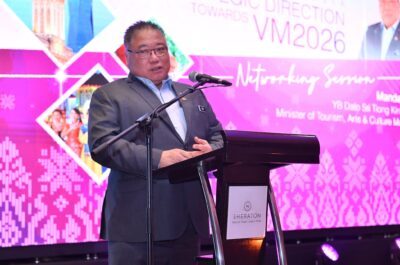
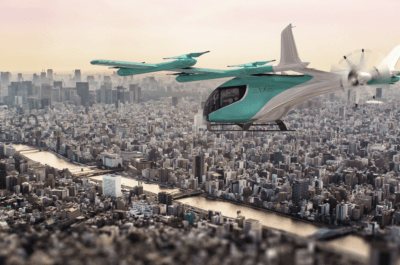
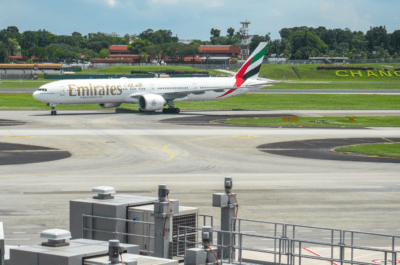

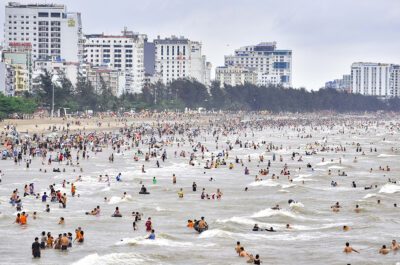
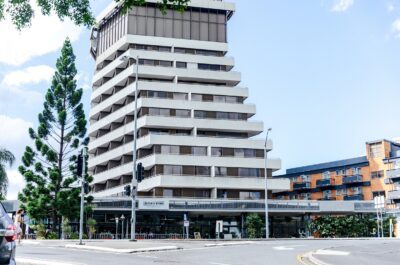
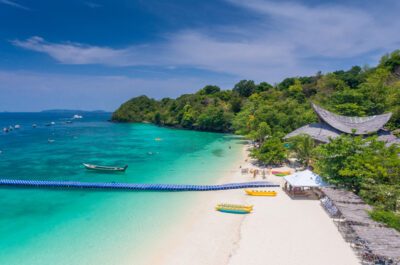
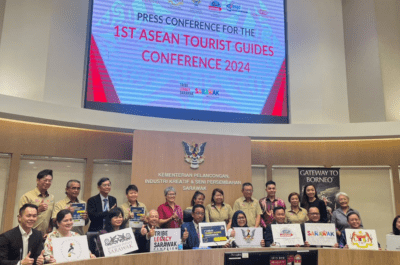



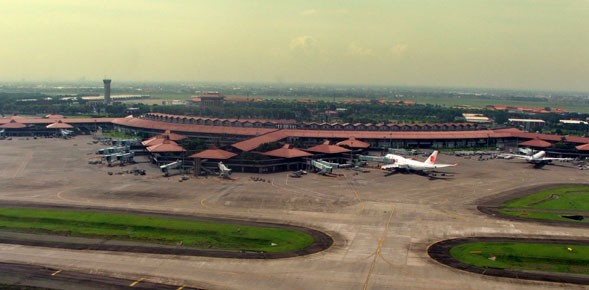




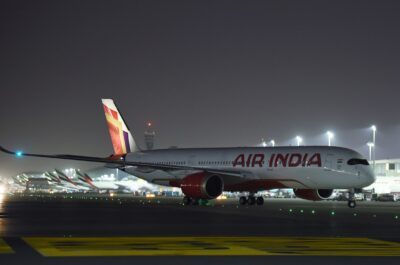




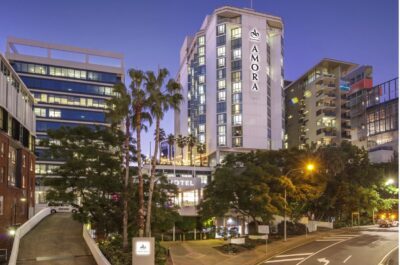




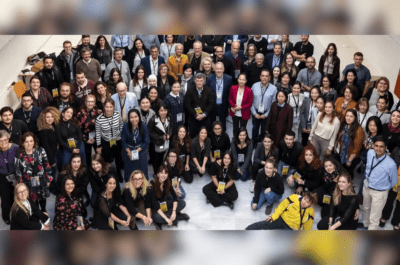

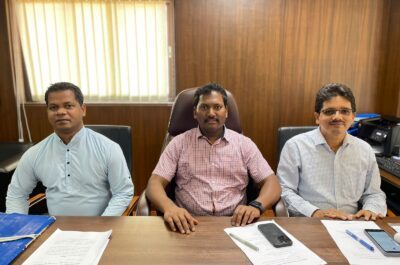




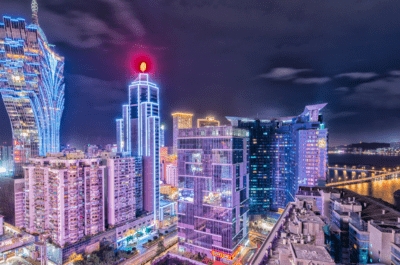
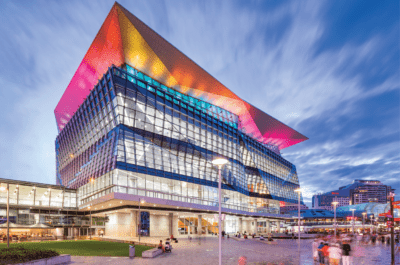

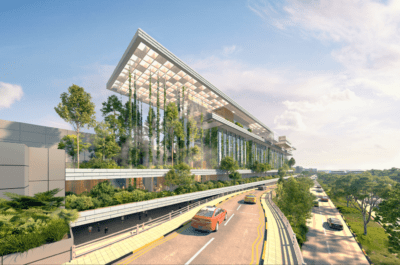
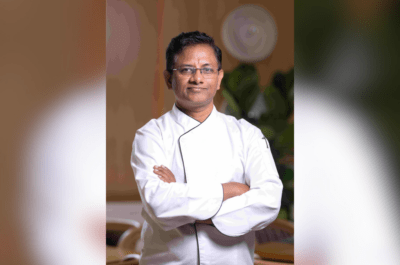
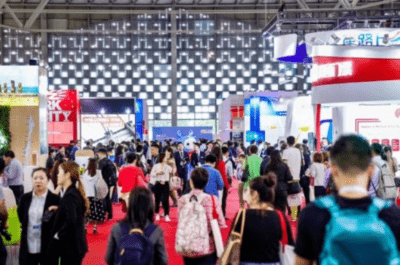


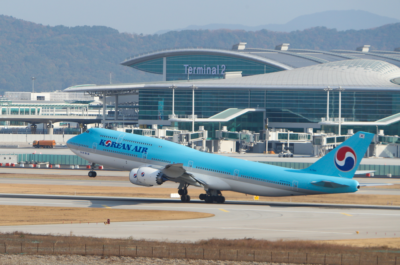



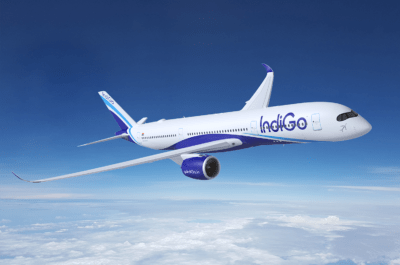
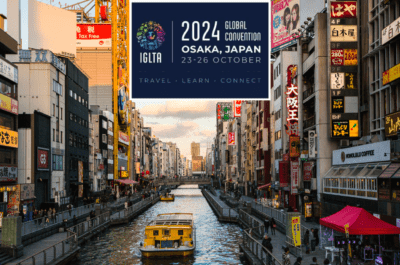
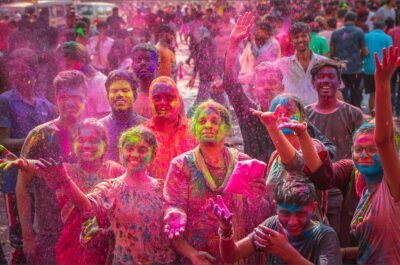

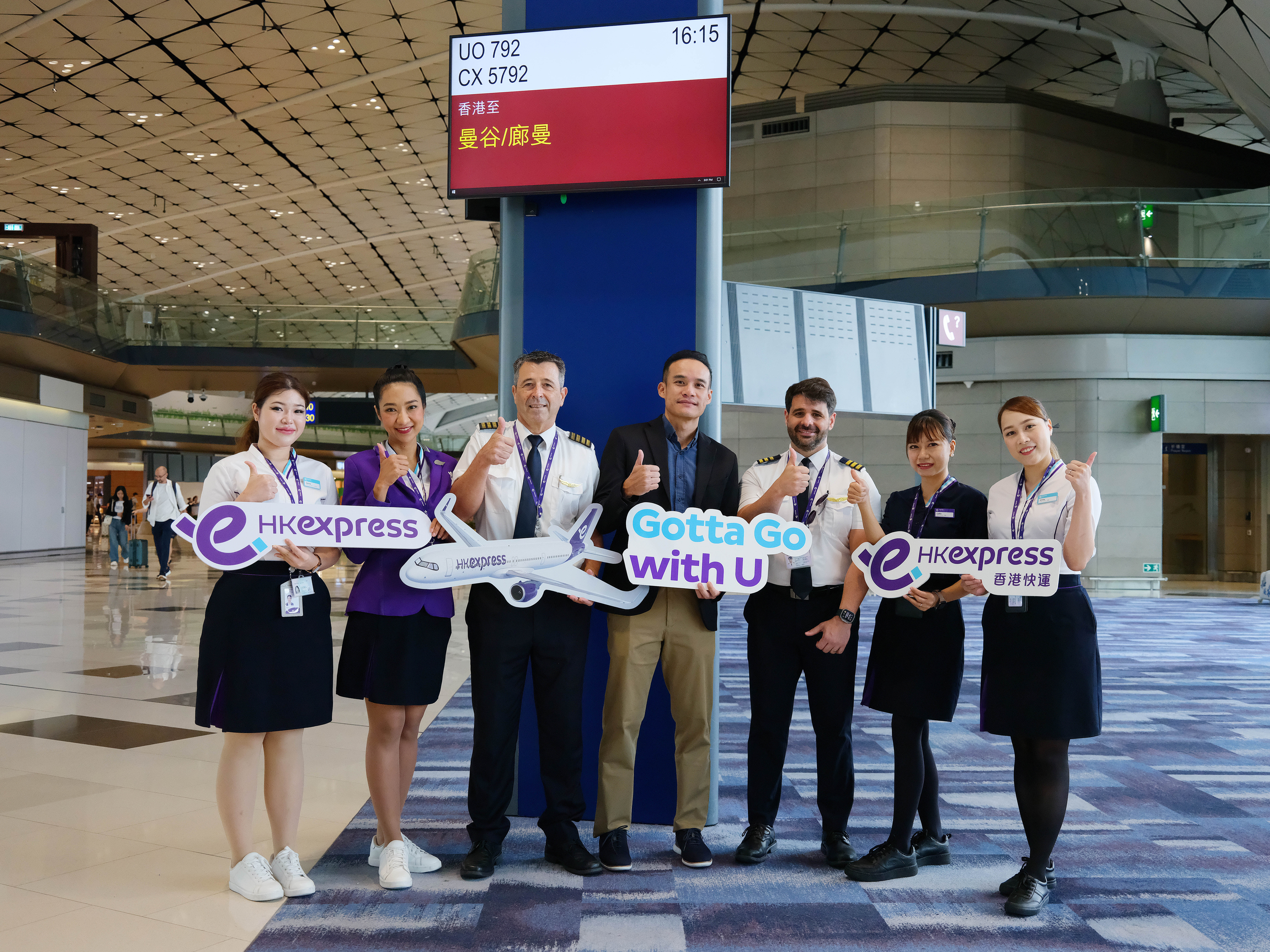
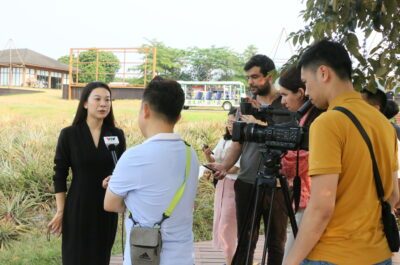

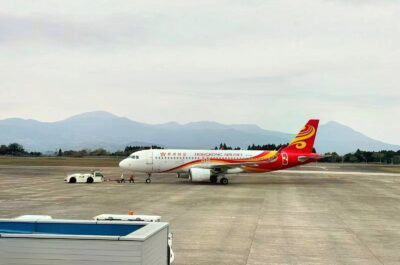




![[PR] PR_Ascott and Vimut Hospital_2024](https://www.traveldailynews.asia/wp-content/uploads/2024/04/PR-PR_Ascott-and-Vimut-Hospital_2024-400x265.jpg)







